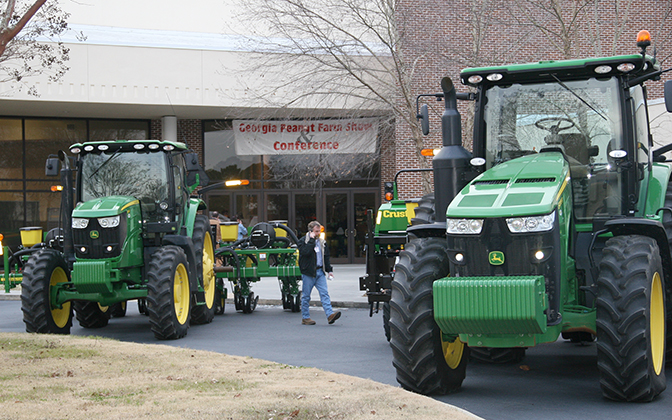 CAES News
CAES News
Peanut Farm Show
This year’s peanut yields in Georgia was among the state’s highest, but University of Georgia peanut agronomist Scott Monfort fears that next year’s crop will be vulnerable to increased disease pressure.

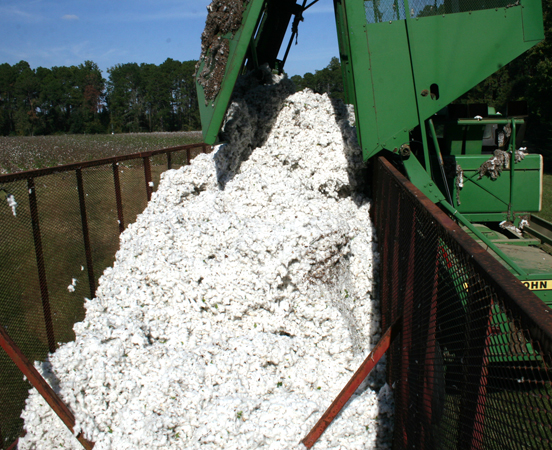
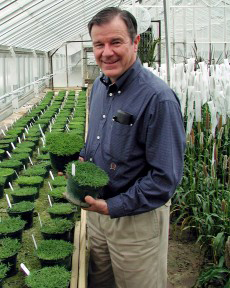
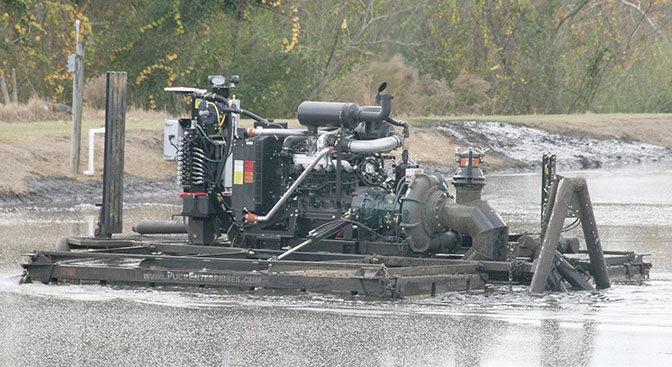

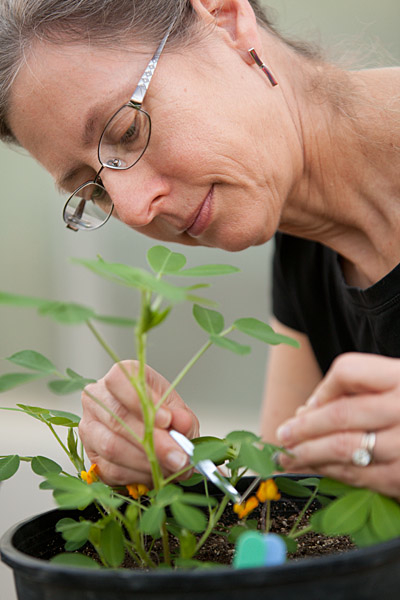
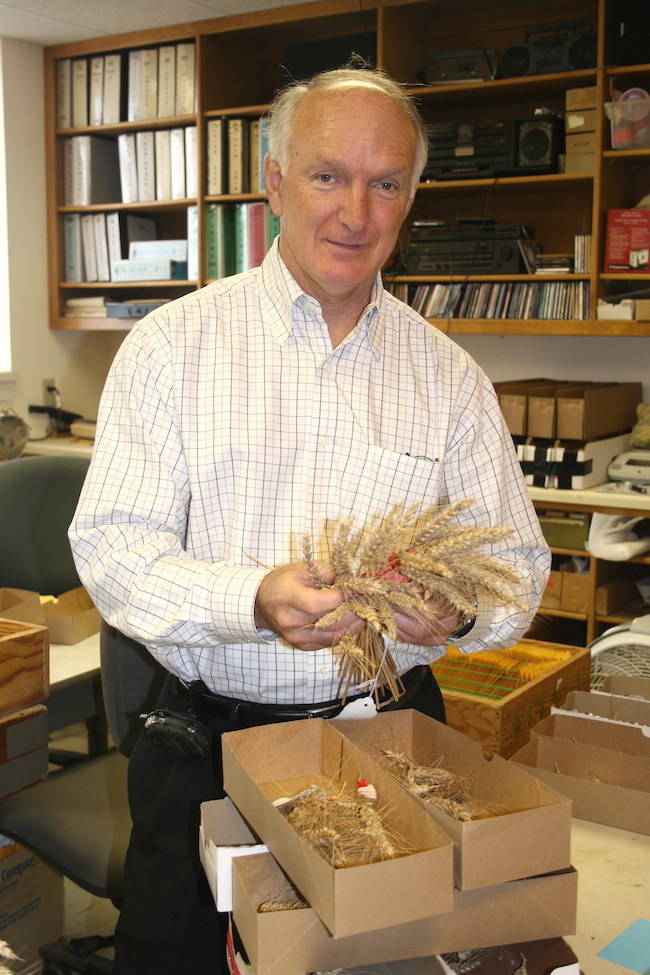
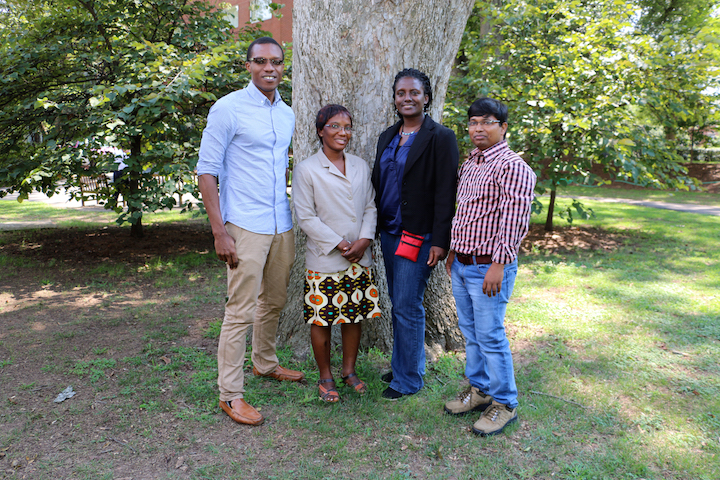
.jpg)